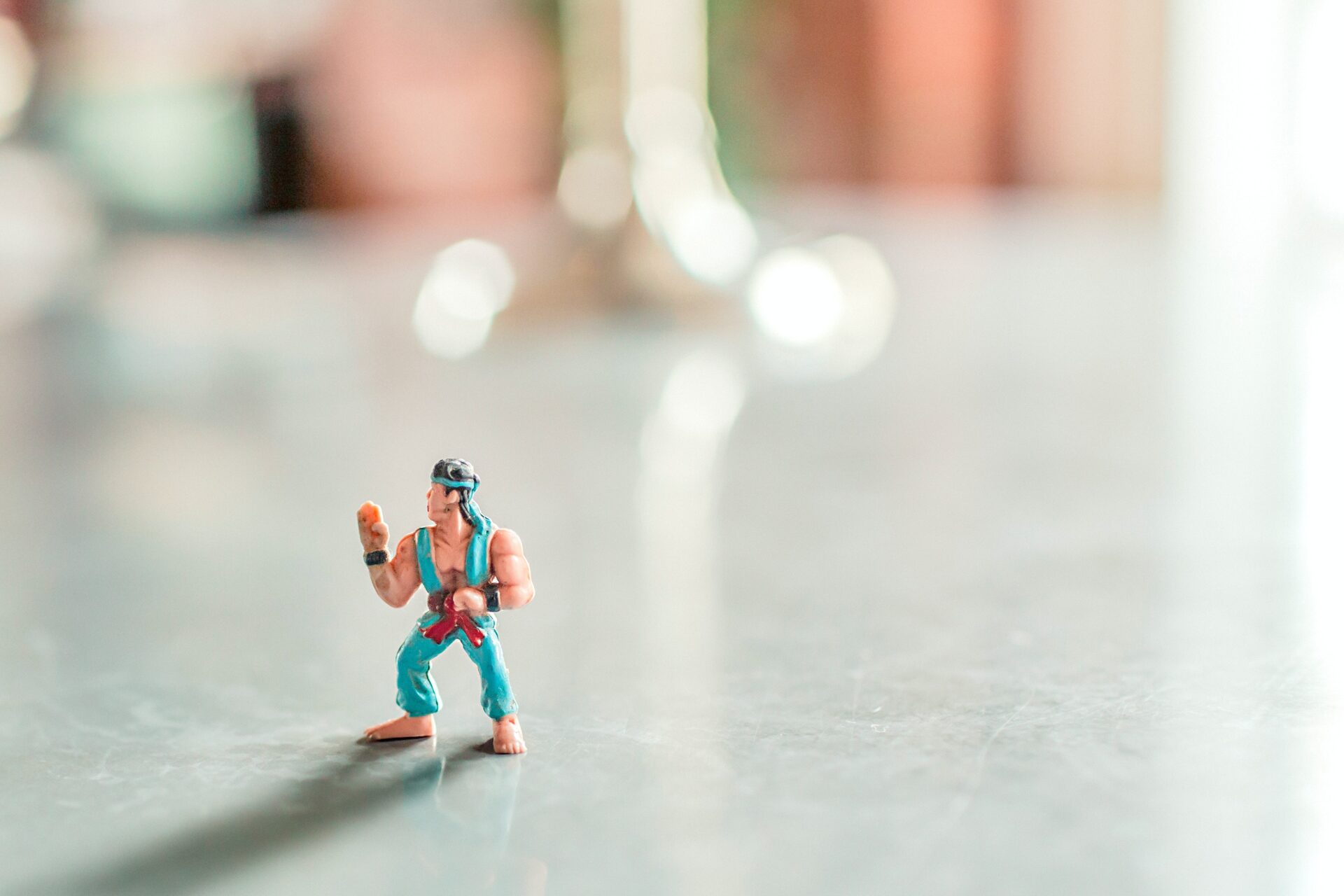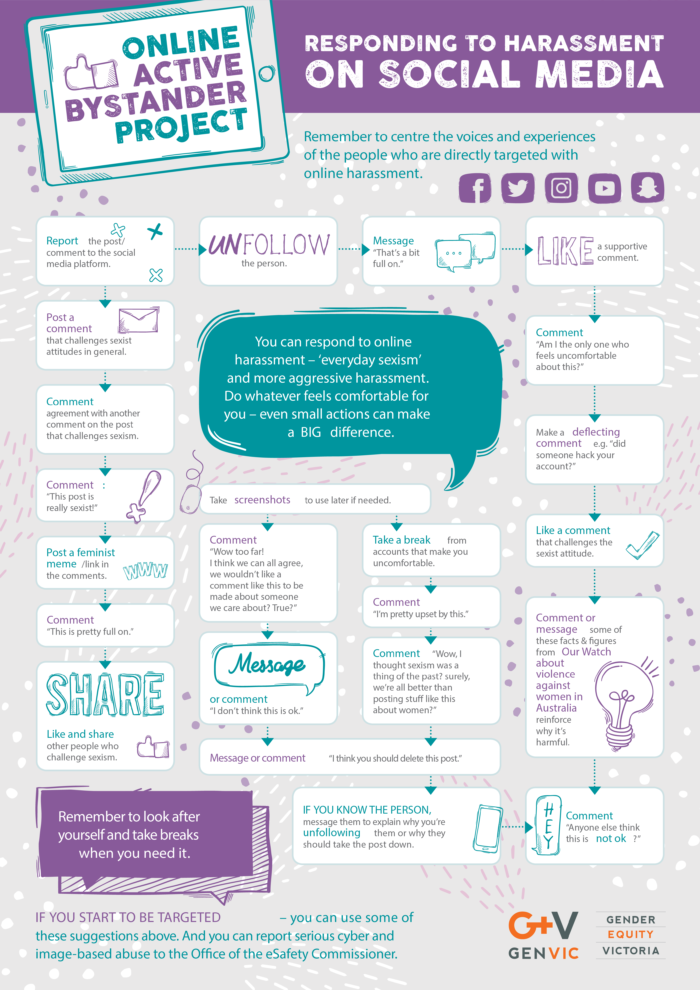
How can you be an everyday superhero?
This blog is part of a series for Be A Better Human and Respect Now Always at UNE.
“I don’t know how to stop it”… “It’s not my responsibility”… “There are other people here, maybe one of them will stop it”…
It isn’t uncommon to think these thoughts when we witness someone treat another person in an offensive or unfair way, but as a human being we all have a responsibility to look out for our fellow human beings.
So, what is an active bystander and how can you overcome the social and behavioural paralysis that stops many of us from leaping into action?
An active bystander is someone who, when noticing a situation that concerns them, does something about it–they are everyday superheroes.
You might be looking out for your friends, OR you might be calling them out when they are making an offensive comment towards another person.
Each situation is different, but there are some basic things you can do in any scenario.
– Ben Bible, Manager, Communications & Student Experience for UNE Life
As Ben mentioned above, an active bystander is someone who does something when they see a situation unfold. It means intervening when you might see someone who is in an uncomfortable situation, in danger, or someone who is the target of some unfriendly comments on social media.
Check this out 👇🏾
The opposite of being a bystander is seeing a situation unfold and doing nothing about it – which is better known as the ‘bystander effect’.
The bystander effect came about in response to the murder of Kitty Genovese in New York City in 1964. Kitty was murdered outside her house after she was followed home from work one night.
It was reported that 38 of her neighbours witnessed the attack but no one failed to step in and help her.
If someone had have called the police or yelled out at the attacker, it could have potentially saved her life.
There are two causes for the ‘bystander effect’ to happen:
- The first is a diffusion of responsibility – that means that when there are so many people witnessing a situation, there is no pressure for a single person to respond.
- The second is due to social influence and conformity, because it’s only human to determine how to act from how others are acting – meaning if you see someone not reacting, then it must only be socially acceptable to follow their behaviour.
However, this sort of behaviour is not great!
There are several ways you can step in and diffuse a situation. One point of advice is to imagine you are the only person witnessing a problem and forget what everyone else is doing. Not only will you get some good karma your way, but you also show solidarity with the person experiencing harassment and show the other people around you the importance of standing up.
Each situation is different, but White Ribbon Australia have provided some ways you can take action which include:
- Calling the police
- Saying something to the perpetrator to let them know you are there and watching what is happening
- Making a comment to the people next to you
- Pretending that you know the person being harassed or starting a conversation with them so they’re not alone
- Asking the person afterwards if they are okay
Always remember to be mindful of your own safety in whatever approach you take.
But, what about being an active bystander online?
Seeing bullying on social media can be a whole other situation and has a greater threat to social and behavioural paralysis.
If you come across a post that is singling out a person, is sharing inappropriate or private information about someone, malicious or offensive comments and targeting a minority group, there are ways you can take a step further than just scrolling past it.
It can be as easy as reporting the comment or person, and blocking or unfollowing them.
Gender Equity Victoria have made a fantastic campaign about being an active bystander online. They have come up with some ways you can stand up to harassment online.

Including:
- sending the person, a private message if you know them “that’s a bit full on”
- and/or messaging the person who was targeted, “that was pretty unfair, are you okay?”
- liking a supportive comment
- commenting “am I the only one who feels uncomfortable about this?”
- taking screenshots to use later if needed.
We at UNE support active bystanders and respect student’s judgement about their own safety and the appropriateness of taking actions in a bullying situation. And so, we hope we have given you some tips to stand up and be that everyday superhero and Be a Better Human.
The Be A Better Human campaign falls under the Respect. Now. Always umbrella at UNE. You can read more on the sorts of scenarios where you can become an active bystander on the Be a Better Human Website here.
“If not now, then when? If not you, then who?”
You’re never alone at UNE.
If you need to talk with someone, and you’re not sure where to go, please reach out to our team at Advocacy & Welfare, the team at UNE Student Success Or UNE College Support.
We are here to help you when you need it.


